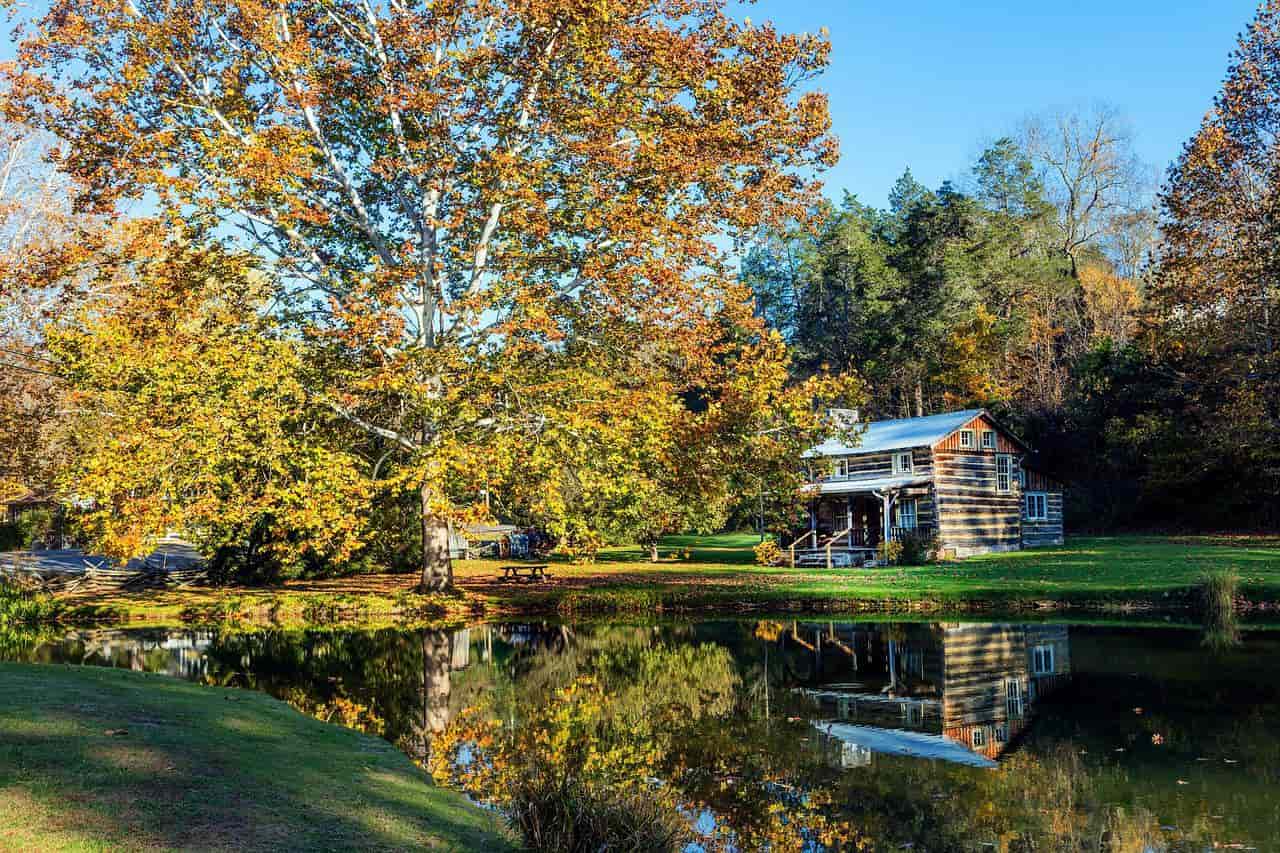Off the grid living is an alternative to traditional living that has become more popular in recent years. Some people choose to live off the grid because they want to be more self-sufficient, while others do it for environmental reasons. Whatever the reason, there are a few things you should know before starting your own off grid homestead.
In this article, we will cover every fact, tip, and recommendation related to the off grid homesteading. We will compare several housing solutions, discuss the possible expenses, and go through the steps of establishing an awesome off grid homestead. Let’s build a new home, shall we?
A part of this article is summarized in the following video:
What Is Off Grid Homestead?
An off grid homestead is a property where the home and outbuildings are not connected to utility services, such as water, gas, or electricity lines. This type of homestead relies on alternative sources of power, like solar, wind, or hydro power, and often has its own water source.
While living off grid can be challenging, it can also be very rewarding. Those who choose to live this way often do so because they want to be more in control of their food supply, energy use, and waste management. Moreover, this way of living is a cleaner and healthier one, away from the urban noise and pollution.
If you’re interested in learning more about how to make an off grid homestead possible, read on!
What Are the Different Types of Off Grid Homestead?
1. Tiny House
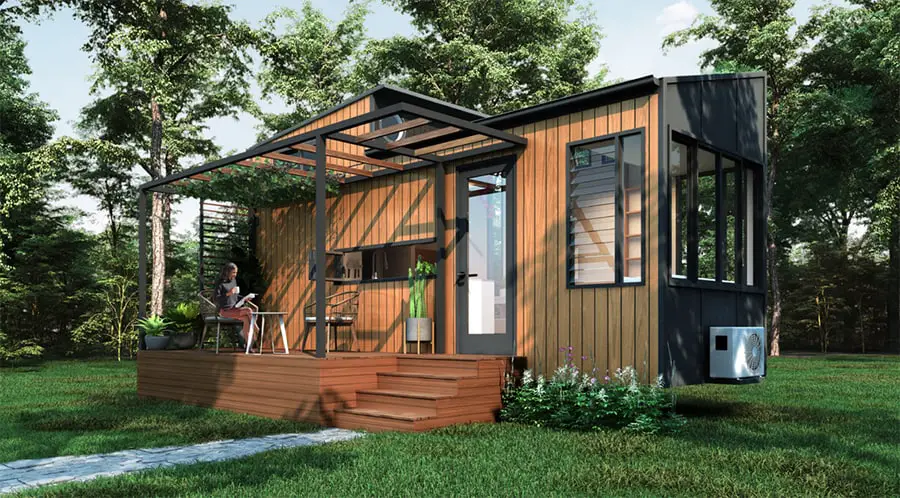
One of the most popular homesteading trends in recent years has been the tiny house movement. The average American home is around 2,600 square feet, but the average tiny house is only about 400 square feet. That’s a pretty big difference!
There are all sorts of reasons why people choose to downsize and live in tiny houses. For some, it’s a way to reduce their carbon footprint. Others simply want to simplify their lives and live with less stuff. And then there are those who want to save money on housing costs so they can use that money for other things (like travel).
If you’re considering going off grid and homesteading, you might be wondering if it’s possible to do so in a tiny house. The answer is yes! It may take a little bit more planning and creativity, but it can definitely be done. However, you don’t have to be an expert in home design. Texas Tiny Houses are there to help you. This international company offers excellent floor plans and blueprints for tiny houses. Many of these plans are currently offered with a huge discount, up to 90% off. Click here to see the plans.
2. RV
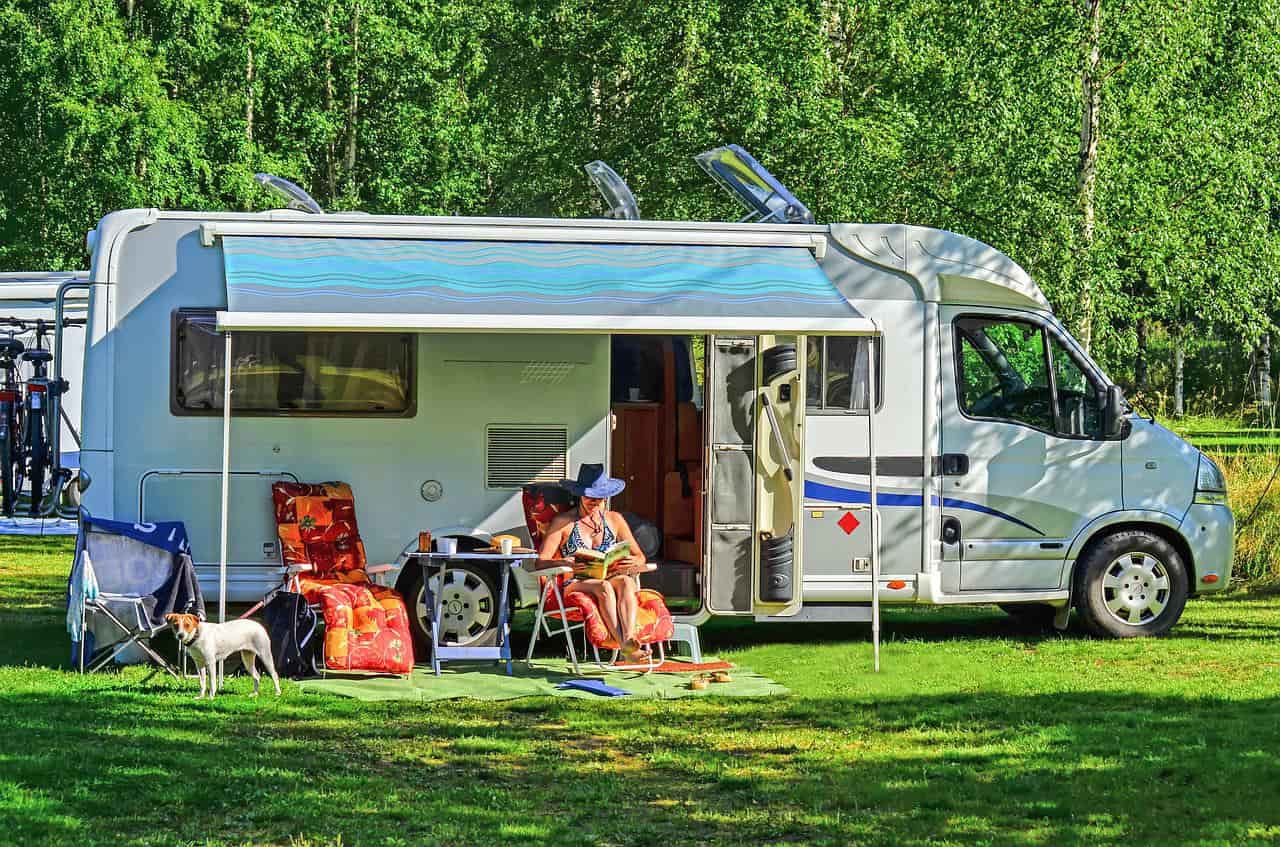
RV living has become a popular way to live off the grid. There are many benefits to RV living, including being able to travel and explore new places while still having all the comforts of home. However, there are also some challenges that come with RV living, such as finding parking spots and dealing with bad weather. Here are some tips for making RV living work for you:
- Find a good place to park your RV. This may seem like an obvious one, but it’s important to find a safe and legal place to park your RV before you start living in it full-time. If you’re not sure where to look, ask other RVers or check online forums for recommendations.
- Get organized and plan ahead. When you’re living in an RV, space is limited, so it’s important to be organized and take all your needs into account. Make sure you have storage containers for all your belongings and know where everything is so you can easily find it when you need it.
- Be prepared for bad weather. One of the downsides of RV living is that you’re at the mercy of the elements, so it’s important to be prepared for bad weather. Make sure you have plenty of warm clothing and blankets on hand, as well as emergency supplies in case you get stranded somewhere due to severe weather conditions. Also, install a portable air conditioner, it will save you from both the heat and the cold – click the linked article to see the top recommendations.
- Enjoy the freedom! One of the best things about RV living is that it gives you the freedom to go wherever you want, whenever you want. So make sure to take advantage of this by exploring new places and meeting new people.
- If you had purchased a land, you can temporarily or permanently park your RV there. This way you can enjoy an instant off grid homestead without building it and without spending money on gas. Naturally, don’t forget to hook the RV to electricity, water, and sewage facilities. Additionally, check with the authorities whether this method of living is permitted by the local laws and regulations.
If you’re hesitant about investing too much money in an RV, try renting it at first and see how it feels. RVshare is the leading website for RV rentals. It can help you find the vehicle that perfectly fits your needs and budget. You can choose a drivable or towable RV, select a pickup location, and even browse pet-friendly vehicles. Click this link to see more.
3. Shipping Container
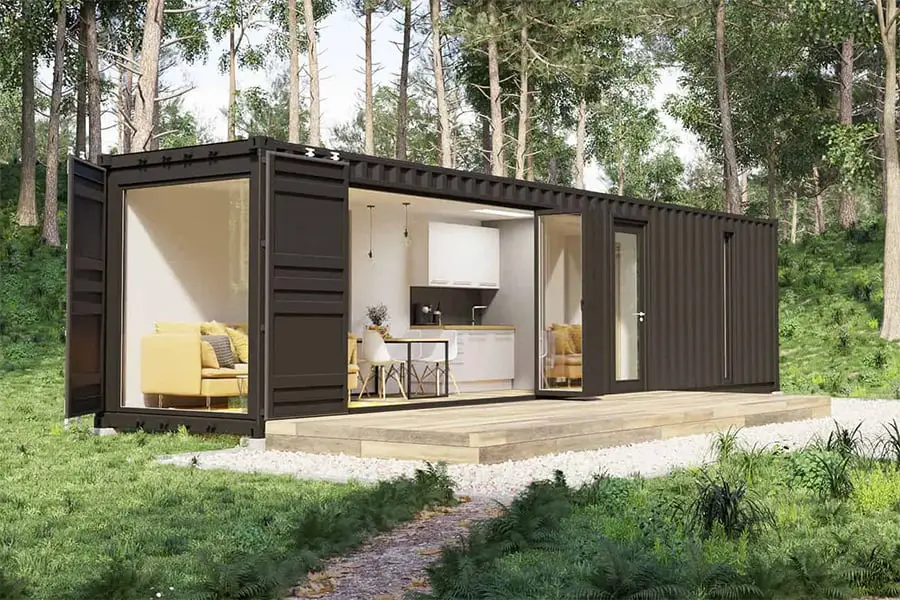
Another option that’s worth exploring is using a shipping container as your off grid homestead. Shipping containers are strong and durable, and can provide a cozy and comfortable place to live while being relatively inexpensive. Here are some things to keep in mind if you’re thinking about making a shipping container your home:
- Insulation is key. A shipping container is made of metal, which means it will conduct heat (and cold) very well. You’ll need to make sure your container is properly insulated in order to keep your living space comfortable year-round.
- Ventilation is also important. Again, because shipping containers are made of metal, they can get quite stuffy inside if not properly ventilated. Make sure to include windows and/or vents in your plans so that you can let fresh air in and circulate throughout your home.
- Be prepared for extreme weather conditions. If you’re planning on living in a location with extreme temperatures (hot or cold), then a shipping container may not be the best option for you. The metal will conductor temperature extremes, meaning your living space could become unbearably hot or cold depending on the outside conditions.
- Plan for storage carefully. A shipping container isn’t very big, so you’ll need to plan carefully for how you’ll store all of your belongings (especially if you have a family). Keep in mind that anything stored inside the container will likely get quite hot or cold depending on the weather conditions outside, so only put items inside that can handle those temperature swings without being damaged. Consider building shelves or other storage solutions into the walls of your container to make better use of the limited space available.
- Use multiple containers for more space. You can construct a more advanced shipping container house using several containers. The final result can be a multilevel homestead, like in this beautiful example:
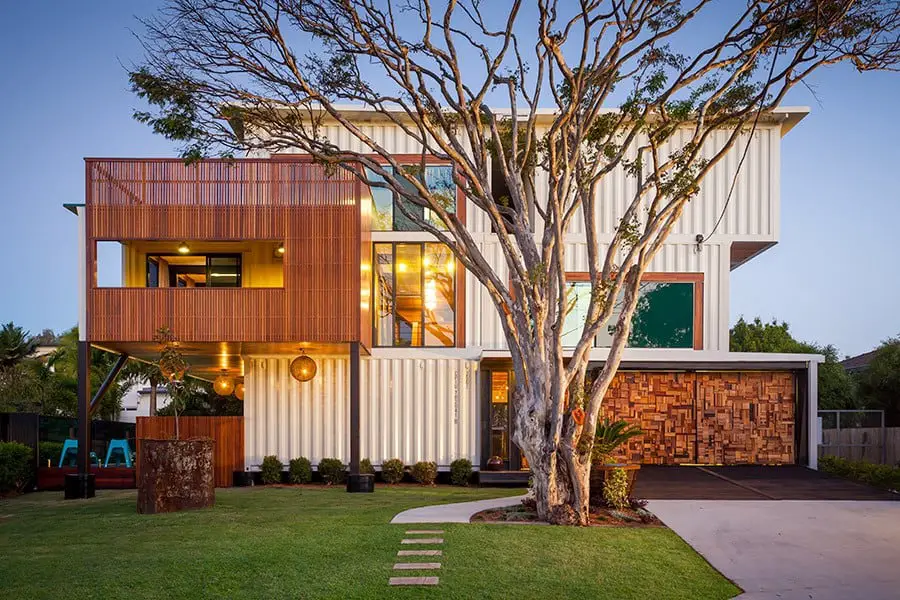
For a more accurate, step-by-step plan, I strongly recommend visiting Shipping Container Home. This website offers 4 downloadable books that include the entire knowledge you’ll ever need. The books come with comprehensive guides, ideas, designs, and plans, which guarantee that you will live in a pleasant and comfortable container home. Click here to read more.
4. Cabin
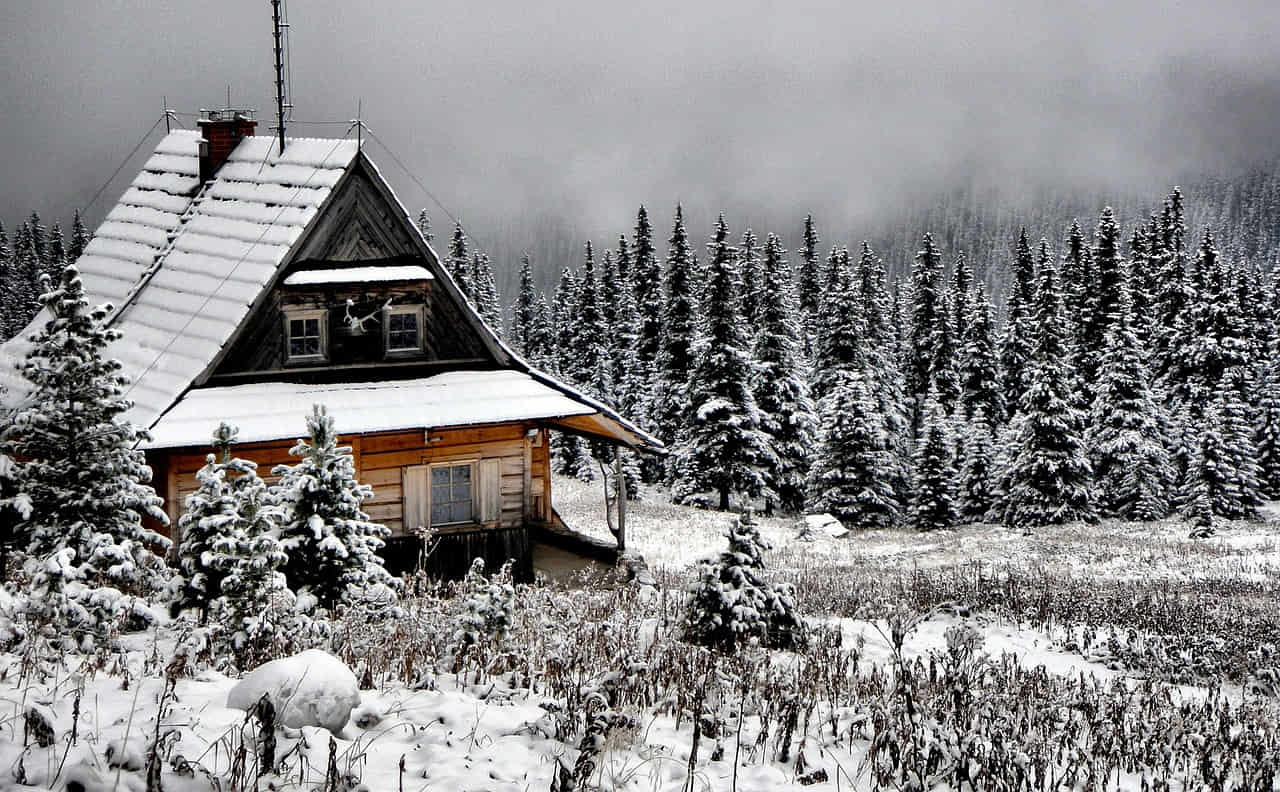
If you’re considering living off the grid on a homestead, there is the traditional and time-tested option: a cabin. For some, the idea of living in a small, isolated space is daunting, but for others it’s an exciting adventure. Here are a few things to keep in mind if you’re thinking about making the switch to cabin life:
- You’ll need to be comfortable with basic home maintenance and repairs. If something breaks, there’s no calling the landlord or handyman – you’ll need to be able to fix it yourself. This means having at least a basic understanding of plumbing, electrical work, carpentry, and so forth.
- Cabin living can be lonely if you’re not used to being by yourself for long periods of time. If you enjoy your own company and relish in peace and quiet, then this won’t be an issue for you. But if you prefer constant human interaction, living in a cabin might not be the best fit.
- Be prepared for weather extremes – both hot and cold! If your cabin isn’t properly insulated (and many older cabins aren’t), winters can be brutal inside as well as out. Make sure you have adequate heating sources and plenty of warm clothing/blankets on hand. Conversely, summers can also get quite hot inside a cabin without air conditioning – so open those windows and doors early and often!
- Don’t forget about your four-legged friends! If you have pets that will be coming with you to your off grid homestead, they’ll need somewhere to stay too – most likely in your cabin with you! Keep this in mind when planning your space (and stocking up on supplies).
- Living in a cabin is not easy at first. As romantic and idyllic it may sound, it takes adjustment and getting used to (just like anything else in life). But once you settle into your new lifestyle, I think you’ll find it pretty darn wonderful.
Here is a great example of a couple who has built an off-grid log cabin:
5. Regular-Sized House or Farmhouse
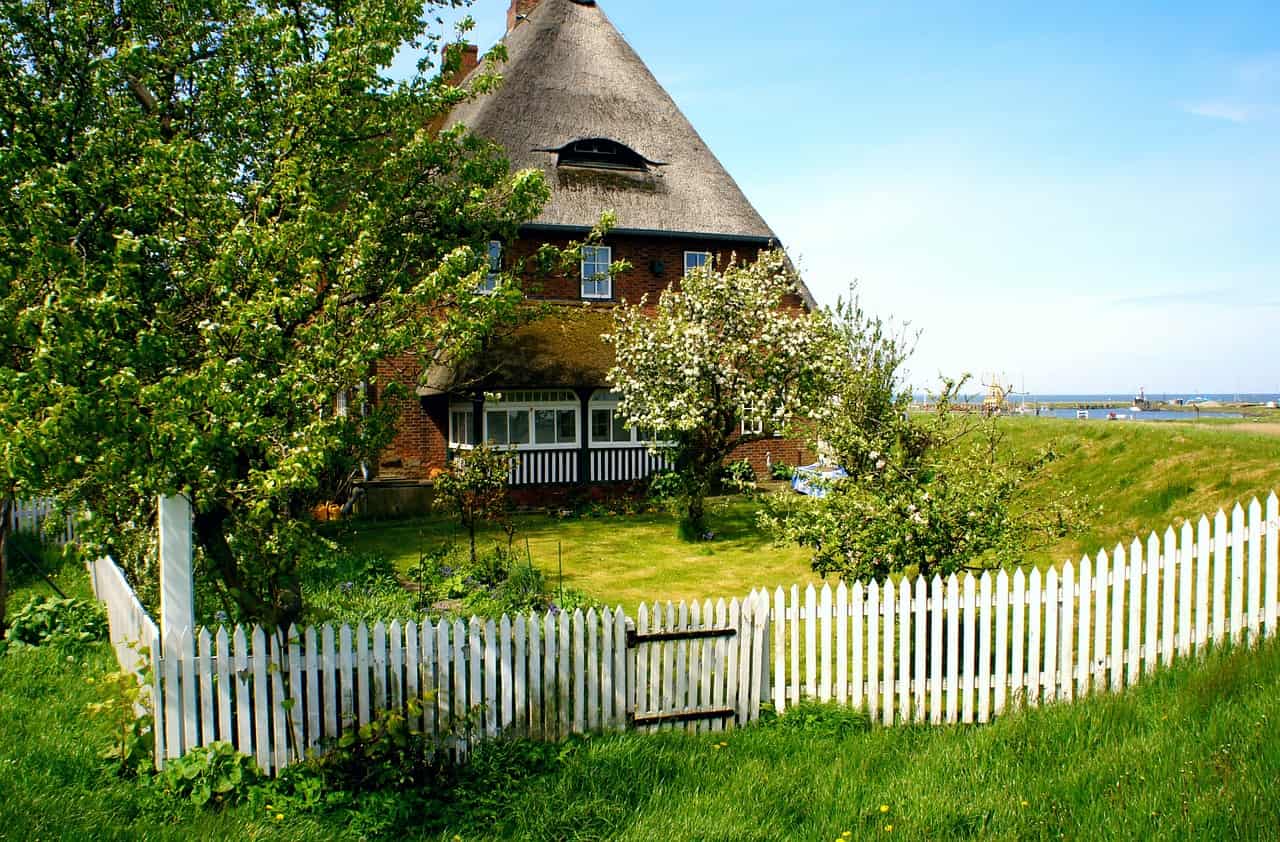
If you don’t intend to be limited by the size of your off-grid dwelling, you can opt for a regular house, which can eventually grow to be a farmhouse. There are many people who dream of living in a farmhouse, but few who actually do it. Why? Because it’s hard work! But if you’re up for the challenge, here’s how to make it possible.
- Find the right property. This is probably the most difficult part. You need to find a piece of land that has enough space for all your animals and crops, and that has good soil conditions. Once you’ve found the perfect spot, snap it up quickly before someone else does!
- Get rid of all your stuff. Living in a farmhouse means simplifying your life and getting rid of material possessions that you don’t really need. Do a purge of your belongings and only keep what’s absolutely essential.
- Build or buy a suitable house. A farmhouse doesn’t have to be big and fancy – in fact, smaller is often better, because it’s easier to maintain and heat/cool efficiently. If you’re handy with tools, you can build your own house from scratch. Otherwise, there are plenty of prefabricated homes on the market that would be perfect for a homesteader like yourself.
- Collect rainwater. One way to save money on your water bill is to collect rainwater from gutters and store it in barrels or tanks. This way, you’ll have water readily available for watering your plants or washing your animals. Plus, it’s free! I’ll get into more detail about the rainwater later in this article.
Let’s compare between the different types of off grid homesteads in the following table:
| Type of homestead | Tiny house | RV | Container | Cabin | Farmhouse |
| Cost | $5,000 – $20,000 | $5,000 – $40,000 | $1,000 – $5,000 | $3,000 – $15,000 | $80,000 – $200,000 |
| Family size | 1-3 | 1-6 | 1-4 | 1-3 | 1-8 |
| Advantages | Low maintenance, can be easily moved to a different location | High mobility | Very affordable and easy to construct | Close to nature, very green | Very spacious, lots of income opportunities from farming |
| Challenges | Not much space | Gas prices and routine maintenance | Very hot in the summer | Very cold in the winter | High costs and routine maintenance |
How to Make an Off Grid Homestead: From Start to Finish
1. Find the Best Possible Location
Making the decision to go off grid is a big one. And, once you’ve made that decision, there’s another big one waiting for you: where will you build your homestead? Where to place your tiny house or farmhouse, which we discussed earlier? The perfect location for an off grid homestead depends on a lot of factors, from climate to terrain to access to resources. Here are a few things to keep in mind as you search for the perfect spot to call home.
Climate
This is probably the most important factor in choosing a location for your off grid homestead. You’ll want to pick a place with a climate that’s conducive to growing food and keeping livestock. If you’re not sure what kind of climate you can handle, start by doing some research on different climates around the world and see which ones interest you. Then, narrow down your options based on what kinds of plants and animals you want to raise.
Terrain
Another important factor in choosing a location for your off grid homestead is the terrain. You’ll want to pick a spot that has enough flat land for gardening and raising animals, but also has some hills or mountains nearby for hunting and gathering wild foods. If possible, try to find a piece of property that has both types of terrain so you can have the best of both worlds.
Access to Resources
One of the challenges of living off grid is having access to all the resources you need without relying on others. That means finding a spot that has plenty of water (either from rainfall or underground), sunlight (for solar power), firewood (for heating and cooking), and building materials (for construction). Of course, it’s not always possible to find everything you need in one place, but it’s worth considering how close different resources are when making your final decision about where to live.
Luckily for you, you don’t have to start this research from scratch. I have written several articles about the best off-grid places, which you can open them in a new tab and read later. Feel free to browse my lists of the best places in the world to live off the grid, the best places in the USA to live off the grid, and the best places in Canada to live off the grid. You can also check out my guides to living off the grid in Australia and living off the grid in the UK.
2. Learn Local Laws and Regulations
When most people think of going “off grid,” they often imagine a life free from rules and limitations. However, living off the grid doesn’t mean that you are exempt from following local laws and regulations. In fact, it’s important to be aware of these laws before making the switch to an off grid lifestyle. Here are a few things to keep in mind:
Zoning Laws
These laws vary from place to place, but they generally dictate how the land can be used. For example, some areas may not allow for residential use if the property is zoned for agricultural use only. It’s important to research zoning laws in your area before making any major changes to your property.
Building Codes
Even if you’re not planning on building anything new on your property, it’s still important to be familiar with building codes in your area. This way, you’ll know what is and isn’t allowed should you need to make any repairs or modifications to your home down the road.
Environmental Regulations
Depending on where you live, there may be certain environmental regulations that you need to follow. For example, many areas have restrictions on open burning due to air pollution concerns. Others may have limits on how much water you can withdraw from groundwater sources each day. Familiarizing yourself with these types of regulations will help ensure that you are compliant with them moving forward.
3. Establish Renewable Energy Sources
Renewable energy is a hot topic these days, and for good reason. With the ever-increasing costs of traditional forms of energy and the damaging effects they have on our environment, it only makes sense to explore sustainable options that can help us reduce our reliance on fossil fuels.
There are many different types of renewable energy sources, but some of the most popular include solar, wind, hydro, and geothermal. Each has its own set of benefits and drawbacks, so it’s important to do your research before deciding which one is right for you.
Solar power is perhaps the most well-known renewable energy source. Solar panels convert sunlight into electricity, making it a great option for those who live in sunny climates. The main downside to solar power is that it can be expensive to install initially. However, over time solar panel systems will save you money on your energy bills. In some areas, you can even sell the excess power back to the power company.
If you don’t want to fully commit to installing a fixed solar power system, consider investing noticeably less money into portable solar panels. They are easy to maintain and can be freely moved from location to location. You can even take them on a trip. See the linked article for recommendations.
Wind power is another popular choice for renewable energy. Wind turbines capture kinetic energy from the wind and convert it into electricity. One benefit of wind power is that it’s relatively easy and inexpensive to set up compared to other renewable energy sources. However, wind power isn’t always reliable since there needs to be enough wind present for the turbines to work properly.
How can you find out whether your property is suitable enough to produce electricity from the wind power? Please read my article on off grid wind power for the full answer.
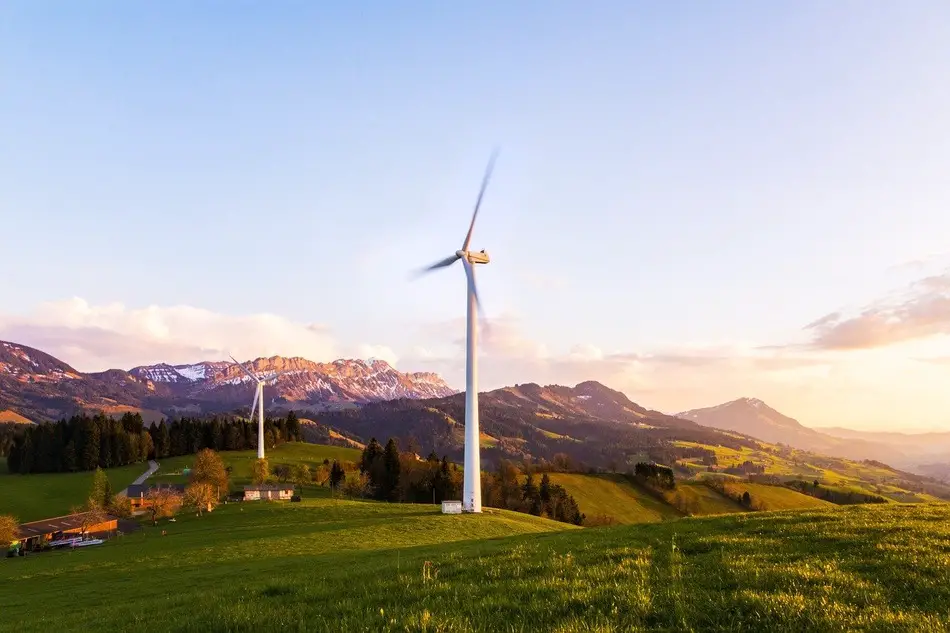
Hydroelectricity harnesses the power of moving water to generate electricity through a turbine system. Hydroelectricity is considered a very efficient form of renewable energy since there are no emissions associated with it. Some downsides to hydroelectricity include potential impacts on local ecosystems as well as the high upfront cost required to build dams, turbines, or other infrastructure needed for this type of system.
There is a proven method to figure out whether a stream running through or near your property has enough flow to produce hydroelectricity. See my article on off grid hydropower for the complete answer.
Geothermal energy source is another way to power your off grid homestead, although a less common one. There are many geothermal resource areas in the United States alone, and with the right planning, you can make your off grid homestead a reality.
There are three types of geothermal resources: high-temperature (hot), moderate-temperature (warm), and low-temperature (cool). High-temperature geothermal resources have temperatures greater than 700°F, while moderate-temperature resources have temperatures between 140° and 700°F. Low-temperature geothermal resources include anything below 140°F. The most common type of high-temperature resource is hydrothermal fluids, which can be used to generate electricity through turbines connected to generators. Moderate-temperature resources can be used for direct heat applications, such as space heating or agriculture, or for generating electricity through binary cycle power plants. Low-temperature resources are often used for ground source heat pumps (GSHP) that provide space heating and cooling by circulating fluid through underground pipes.
The first step in developing a geothermal project is to identify a potential resource area. National Renewable Energy Laboratory has published maps and data that can help with this process. Once a potential resource area has been identified, it is important to gather more detailed information about the specific geological conditions present there. This information will be used to determine the feasibility of developing a particular project at that location.
4. Connect Your Homestead to a Water Source
One of the most important things you need to do when setting up your off grid homestead is to make sure that you have a reliable water source. This can be tricky, especially if you don’t have access to municipal water or a well. However, there are a few ways that you can bring water to your homestead.
One option is to collect rainwater. This can be done by installing gutters on your roof and directing the runoff into barrels or cisterns. You’ll need to make sure that your barrels or cisterns are clean and covered so that debris doesn’t get into the water. Another option for collecting rainwater is to dig a catchment basin near your home. This will capture runoff from rainfall and direct it into a storage container.
Another way to bring water to your homestead is by hauling it in from another location. If you live close to a river, stream, or lake, you can haul water using buckets or containers. This method requires more work than collecting rainwater, but it’s still an option if you don’t have another source of water nearby.
Finally, if you have access to groundwater through a spring or aquifer, you can use a hand pump or other means of extraction to bring the water to the surface. Here is a list of inexpensive groundwater pumps that you can purchase on Amazon.
No matter which method you choose, make sure that you have enough storage capacity so that you always have plenty of fresh water on hand in case of emergency.
5. Grow Your Own Food
There are many benefits to growing your own food, including being more self-sufficient, eating healthier, and saving money. Here are a few basic guidelines to get you started:
- Start small. Don’t try to do too much at first or you’ll quickly become overwhelmed. Start with a few basic crops that you know you’ll use and expand from there as you get more comfortable with the process.
- Use what you have available to you. If you have limited space, consider growing vertical gardens or using container gardening methods. You can also utilize vacant lots or community gardens if they’re available in your area.
- Plan for success by doing your research ahead of time and making sure you understand what’s involved in growing each type of crop before planting anything. This includes things like knowing how much water and sunlight each plant needs, as well as when to harvest them for the best results.
- Be prepared for some trial and error. Even experienced gardeners make mistakes sometimes! Just remember that every mistake is an opportunity to learn and do better next time around.
Once you gain some experience and confidence, you can upgrade your off grid homestead to a farm. Farming is a huge part of the homesteading lifestyle and can be quite beneficial, especially if you start selling your produce on a nearby market.
First, decide what kind of farming you want to do. Are you interested in raising livestock? Growing crops? Or both? Each type of farming requires different skills and knowledge, so it’s important to pick something that interests you.
Once you’ve decided what kind of farming you want to do, research everything you can about it. Read books, talk to other farmers, and attend workshops or seminars. The more information you have, the better prepared you’ll be when it comes time to actually start farming. I strongly suggest you check out my article about off grid farming, it has tons of useful information and guidance on this fascinating subject.
Finally, make sure you have the land and resources necessary for farming. You’ll need space for animals or crops, access to water, and possibly some specialized equipment. If all of this seems like too much work or expense upfront, always remember that farms can be very rewarding – both financially and personally. Don’t give up, learn from your errors, and you will eventually establish a prospering off grid farm!
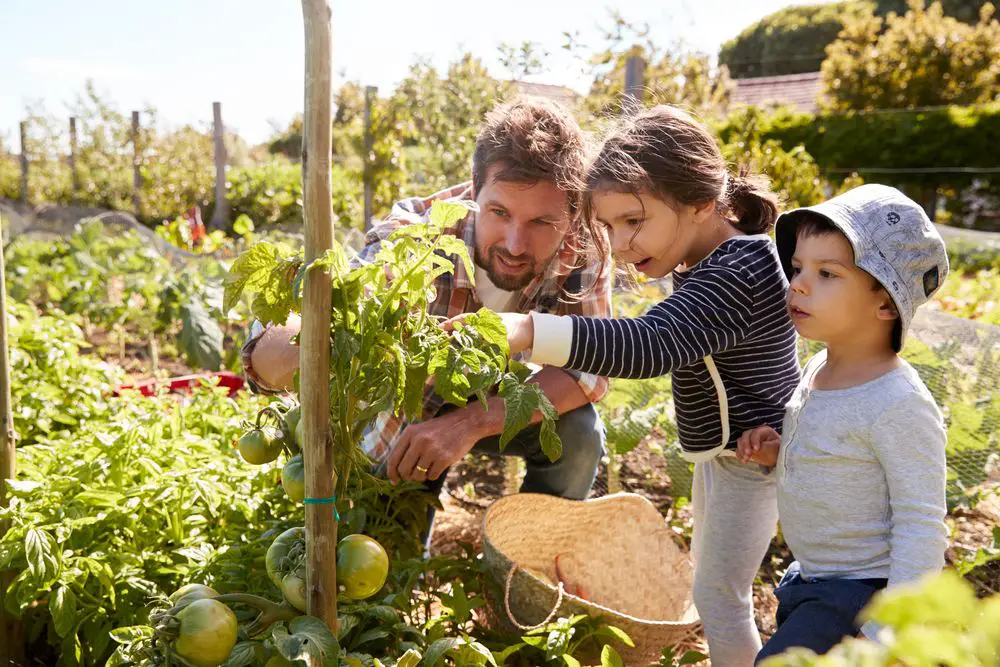
6. Equip Your Off Grid Homestead
Renewable energy systems and farming equipment are not the only things you will need as you equip your new home. You deserve to live comfortably. You deserve to enjoy a shower, use a mobile device and a computer, have a fully equipped kitchen, and so on.
However, keep in mind that living off the grid does present a few challenges. Not everything can be plugged into your green electrical system or connected to the water source as freely as you’ve done this while living in the city. Luckily, solutions exists, and I will list them here.
Off Grid Shower
An off grid shower can be a great way to save water. If you live in an area with limited water resources, or if you simply want to reduce your environmental impact, an off grid shower can help you achieve that goal. Additionally, an off grid shower can be a great way to stay comfortable during power outages or other situations where running water is not available.
I have written a detailed article about off grid showers, click the link to read recommendations as well as a guide on how you can build your own shower.
Solar Generator
A solar generator is a great addition to any off grid homestead! It can function as a complementary energy source, or even replace your solar panels altogether. A strong enough solar generator can power practically anything, from small portable devices to refrigerators and microwave oven.
How can you be sure that you have the right solar generator? Fear not, I have an article about best solar generators, with detailed info on every popular solar generator.
Washing Machine
A washing machine is an essential part of any off-grid homestead. It allows you to wash your clothes and linens without having to haul water from a stream or lake, and it eliminates the need to build a fire for boiling water to wash the clothes in it.
There are many different types of washing machines available on the market today, so it’s important to do your research before making a purchase. You’ll want to consider factors such as how much laundry you have to wash, what type of power source you have available, and what your budget is.
Just like with the previous items, I saved you the precious time and did the research for you. My article on off grid washing machines lists the best machines on the market and explains how to choose the best one for you.
Tools
This should come as no surprise, but living in a personal homestead, away from most of the civilization, requires much more tools that you normally need in an urban setting. Maintenance is going to become a part of your routine, as you fix things around the house, the garden, and the farm, replace parts of your electrical system, and so on.
This is why you need a reliable and versatile toolbox. Here is a list of high-quality yet affordable toolboxes found on Amazon. Most of them can be delivered within a day almost to any location. The toolbox of your choice should at the very list contain screwdrivers with various heads, a hammer, pliers, scissors, and a cutter.
7. Install an Off Grid Heating System
When most people think of living off the grid, they imagine a homestead in the middle of nowhere with no modern conveniences. However, it is possible to live off the grid and still have some of the same amenities as those who are connected to the power grid. One way to do this is by installing an off grid heating system.
There are several different types of off grid heating systems that you can choose from, depending on your needs and budget. The most common type of off grid heating is a wood stove. Wood stoves are relatively inexpensive and easy to install, and they can provide heat for your entire home. If you live in an area where wood is plentiful, then a wood stove may be the best option for you.
Another type of off grid heating system is a solar water heater. Solar water heaters use the sun’s energy to heat water, which can then be used for bathing, cooking, or even washing clothes. Solar water heaters are more expensive than wood stoves, but they are also much more efficient. If you live in an area with plenty of sunlight, then a solar water heater may be the best option for you.
If you want to heat your home without using any electricity at all, then you might want to consider a biomass furnace. Biomass furnaces burn organic materials such as wood chips or pellets to create heat. These furnaces are very efficient and can often times produce more heat than either a wood stove or solar water heater. However, biomass furnaces require more maintenance than other types of off grid heating systems and they can be difficult to find in some areas.
Off grid heating can really help you out during the tough weather. See my article dedicated to off grid heating for specific recommendations and a comparison between different ways to stay warm while living off the grid.
8. Connect to the Internet
Living in an off grid homestead does not mean you have to disconnect from the rest of the world. One of the first things you need to do is figure out how to connect to the Internet. While it may seem like a daunting task, there are actually a few different ways you can go about it.
One option is to use a satellite Internet connection. This is typically more expensive than other options, but it can be a good choice if you’re in a rural area with limited access to high-speed Internet.
Another option is to use a mobile hotspot. This can be a great option if you have cell service at your homestead. Just keep in mind that you’ll likely need to purchase an unlimited data plan since you’ll be using more data than the average person.
Finally, another option for connecting to the Internet is through a community broadband network. These networks are often set up by local governments or non-profit organizations and they provide low-cost or even free Internet access to their members. If there’s one available in your area, it’s definitely worth checking out.
For more information regarding staying connected while living off the grid, please read my article on off grid communication and off grid Internet. They list all the necessary equipment you will need to communicate with the world, no matter where you are.
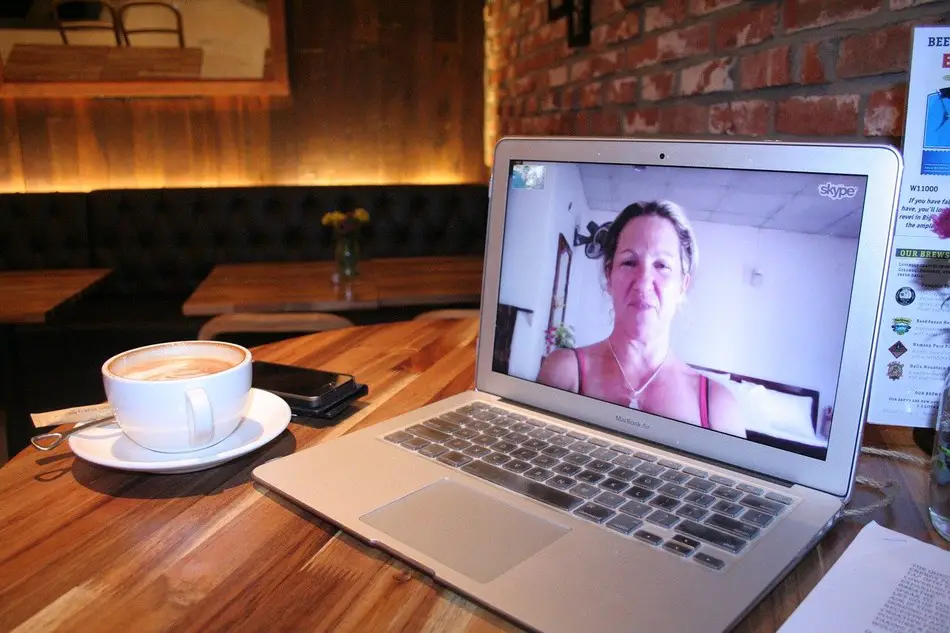
9. Calibrate Your Income and Expenses
While living in an off the grid homestead grants you the sense of freedom and independence, there are still noticeable expenses that you must take into consideration. Earlier, I have listed important equipment and utilities that you need to install. The total sum of these purchases can feel like a burden at first.
So, in order for your new lifestyle to succeed, you must make sure that your income is eventually bigger than the money you need to spend. To be frank, this will be tough. You will need to make some initial investments. You will need to purchase a land, buy or build a house, purchase farming equipment, solar panels, heating, home appliances, and so forth. How much can will all of this cost? I would like to direct you to a separate article that goes into more detail regarding how much it costs to live off the grid. Click the link to the article to see precise numbers, including the initial costs as well as yearly maintenance costs.
The good news is that, once you’ve settled down, the investment starts paying back after a couple of years. You will only need to pay for routine maintenance and occasional replacements of the equipment parts. At the same time, you can establish a steady stream of income. You can sell your produce (vegetables, fruits, grains, berries, milk, eggs, wool, etc.), you can provide your services to nearby businesses, you can craft items and sell them online. In fact, you are only limited by your imagination. There are even ways to live off the grid for free, which you can check out in the linked article.
10. Make Friends in the Local Community
One of the best things about living off the grid is getting to know your neighbors and becoming a part of the local community. There are tons of benefits to this endeavor. Your neighbors can share tons of useful local information, help you when you’re in need, and trade produce and services with you. Here are a few tips on how to make friends in your new environment:
- Get involved in local events and activities. There’s nothing like shared experiences to create bonds between people. Whether it’s attending a town hall meeting, joining a book club, or participating in a community garden, get out there and meet people who share your interests.
- Offer up your skills and talents. Do you have a particular skill or talent that you can offer to others? Teaching a class, organizing a neighborhood cleanup day, or starting a recycling program are all great ways to give back to your community while making new friends at the same time.
- Be friendly and open-minded. One of the best ways to make friends is simply by being approachable and friendly. Smile at people when you see them around town, strike up conversations whenever possible, and be open to getting to know different types of people – you never know who you might click with!
If you wish to join an off grid community, see the linked article for a list of such communities in various countries.
Final Words
I hope this guide has been helpful in showing you how to make an off grid homestead possible. There are many ways to do it, and we encourage you to find the method that best suits your needs. With a little planning and effort, you can live sustainably and happily off the grid.
There are a few more pieces of essential information that I recommend reading. First, please check out my articles on alternative ways to live off the grid, such as living off the grid in a city and living off the grid in a van. While these may sound unconventional, there are many people who enjoy this way of living.
Additionally, see my full guides to off grid water systems and off grid septic systems. These are very technical yet essential subjects, which complete your knowledge about how to establish an off grid homestead.
Finally, remember that changing your life requires thorough preparations: financial, physical, and mental. See my article on how to prepare for off grid living for the precise step-by-step guidelines.
Best of luck in your new adventure!

